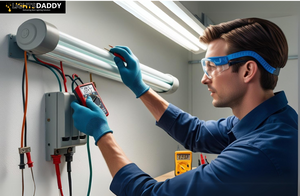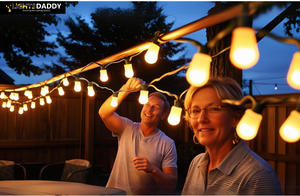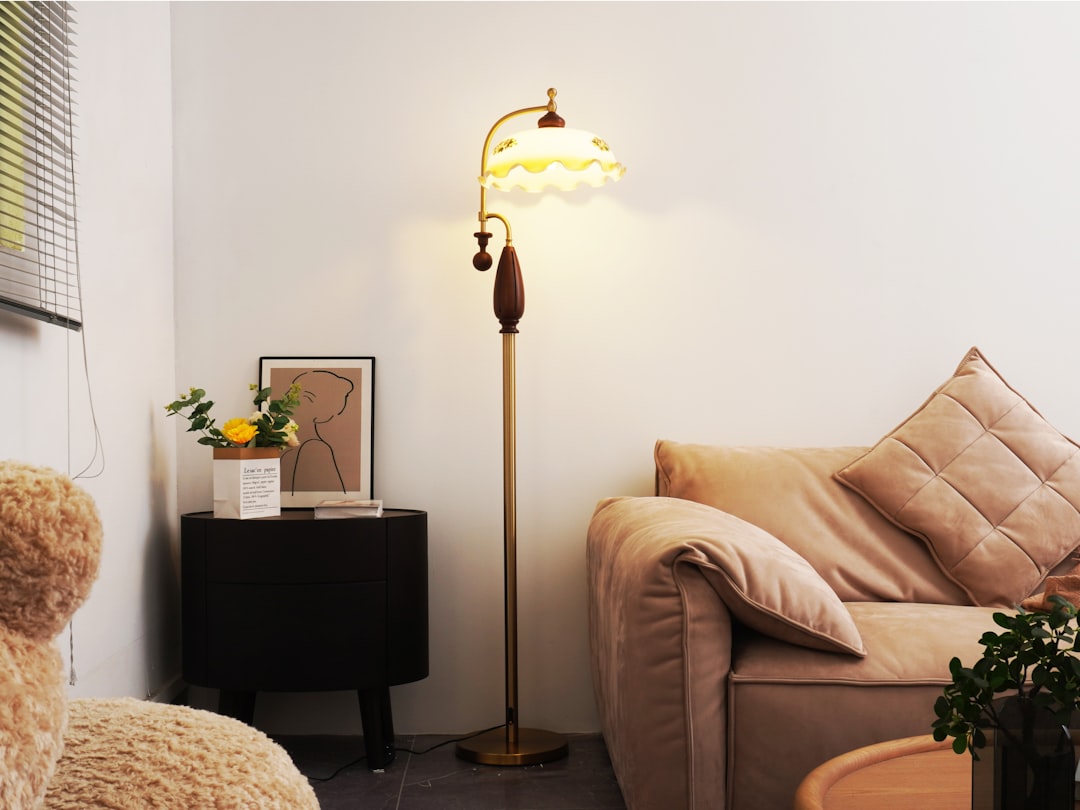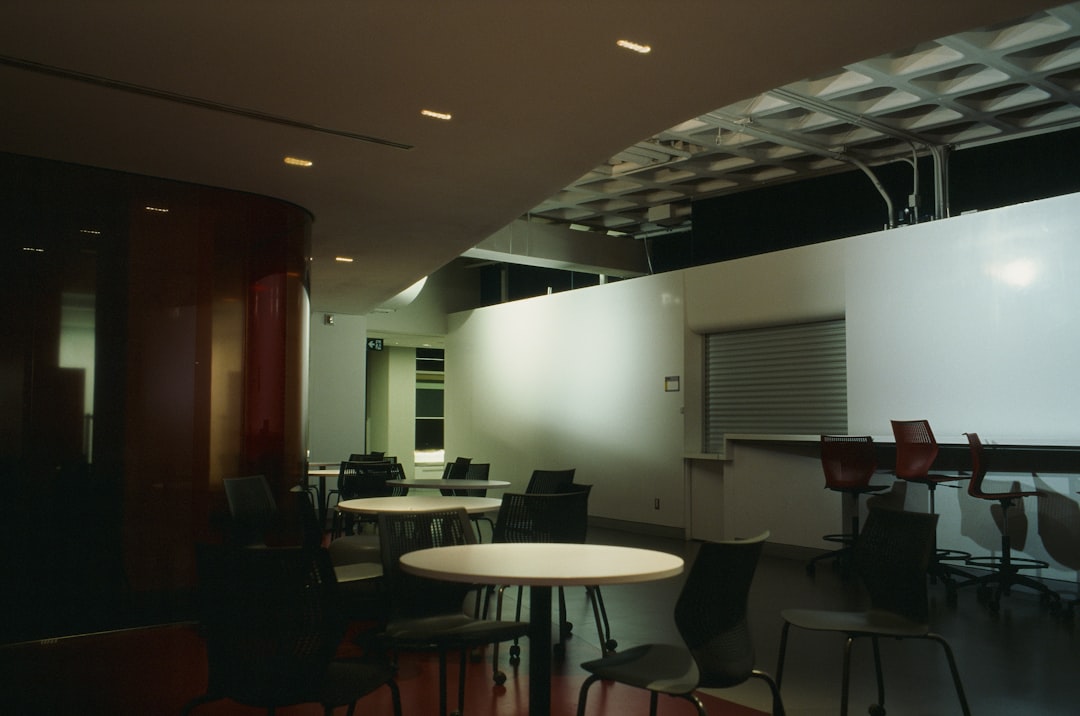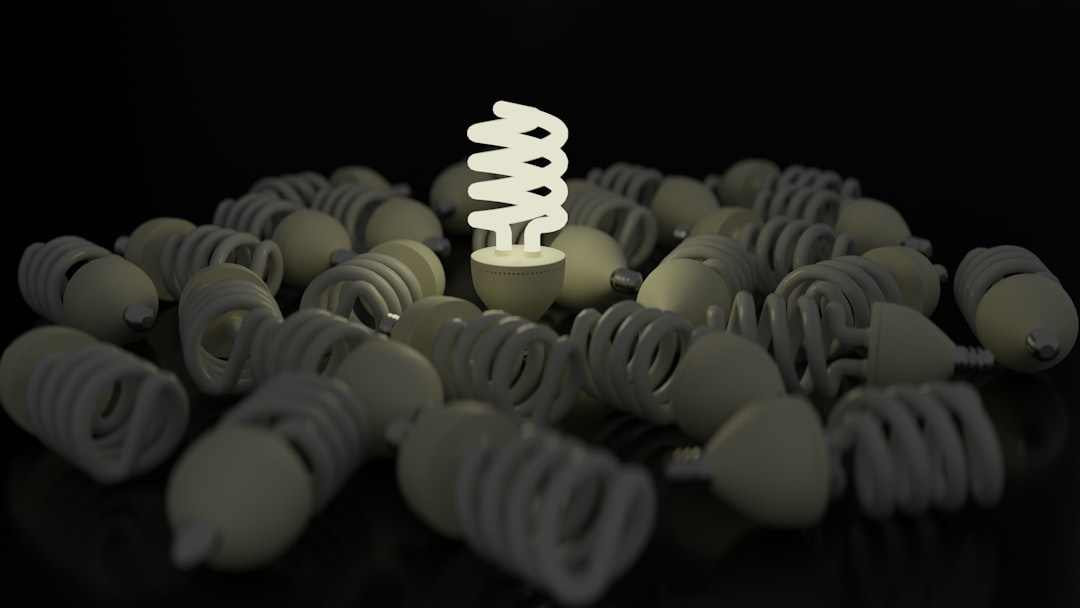When it comes to lighting your home or office, knowing the different light bulb types, light globe types, and their unique features can help you make smarter choices. From traditional incandescent to modern LED options, the market offers an array of bulbs to suit various needs. Browse a wide range of light bulbs to find the best fit for your space.
What Are Light Bulbs Made Of
Modern light bulbs are composed of several parts, including filaments, gases, glass envelopes, and metal bases. The material and design influence their durability, energy use, and brightness.
Basic components of modern light bulbs
Most bulbs feature a filament or diode, an inert gas for longevity, and a glass or plastic enclosure to protect internal components.
Safety and material considerations
Newer bulbs like LEDs avoid hazardous materials and are safer and more environmentally friendly compared to older models like CFLs.
Main Types of Light Bulbs
Each bulb type offers unique advantages depending on your lighting needs. Whether you need task lighting or ambient lighting, there's a bulb for every purpose.
Incandescent bulbs
The oldest and least energy-efficient type. They emit a warm glow and are great for decorative fixtures.
Halogen bulbs
A more efficient version of incandescent bulbs, offering better color rendering and a longer lifespan.
CFL (Compact Fluorescent Lamp) bulbs
Use less energy and last longer than incandescents but contain trace amounts of mercury.
LED (Light Emitting Diode) bulbs
Highly energy-efficient and long-lasting. Options like Barrina T8 LED Bulbs are ideal replacements for traditional fluorescent tubes.
Fluorescent tube lights
Common in commercial settings; they provide bright, energy-efficient lighting and work well in garages or basements.
Specialty and Decorative Bulbs
Some bulbs are designed for aesthetic or smart functionalities, enhancing both ambiance and control.
Globe bulbs
Often used in bathrooms and vanities, globe bulbs offer balanced, wide-spread illumination. Find the best selection under our bulbs collection.
Candle bulbs
Shaped like a flame and typically used in chandeliers or sconces for decorative purposes.
Smart bulbs
Controlled via apps or voice assistants, smart bulbs allow you to change color, brightness, and scheduling with ease.
Vintage and Edison bulbs
Perfect for achieving a nostalgic or industrial aesthetic with exposed filaments.
Light Bulb Shapes and Sizes
Shapes and bases are critical when choosing a bulb for a specific fixture. Browse options designed for every fixture type under our indoor lighting collection.
Common bulb shapes: A19, BR30, PAR38, etc.
These refer to the bulb's size and use-case, from standard household use to directional lighting.
Understanding bulb bases: E26, GU10, G9
Base types determine the socket compatibility. Make sure the bulb matches your fixture base.
Color Temperature and Brightness
Color and brightness levels influence the ambiance and functionality of a space.
Kelvin scale explained
Measured in Kelvins, color temperature ranges from warm white (2700K) to daylight (5000K+).
Lumens vs watts
Lumens measure brightness, while watts indicate power use. LEDs give more lumens per watt.
Choosing the right brightness for your space
Living rooms benefit from soft, warm lighting, while workspaces require brighter, cooler light.
Energy Efficiency and Lifespan
Knowing how bulbs perform long-term can save money and reduce environmental impact.
Comparing energy use by bulb type
LEDs consume up to 80% less energy than incandescents. For small voltage needs, consider Hmyyjt 12V LED Light Bulbs.
How long each bulb typically lasts
LEDs can last over 25,000 hours, while incandescent bulbs often burn out within 1,000 hours.
Cost-effectiveness over time
Though initially more expensive, LEDs offer long-term savings on energy bills and replacement costs.
How to Choose the Right Bulb
Consider the intended space, lighting purpose, and fixture compatibility when selecting a bulb.
Based on room or function
Choose warmer tones for relaxation spaces and cooler tones for work areas.
Matching bulbs with fixture compatibility
Check the fixture’s wattage limit and socket type before purchasing a bulb.
Considerations for ambiance and task lighting
Layer lighting with a mix of bulbs to balance mood and utility.
Common Mistakes to Avoid
Avoid these common pitfalls to ensure safe and effective lighting.
Using the wrong wattage
Overloading a fixture with a high-wattage bulb can pose a fire hazard.
Ignoring base type and fit
Bulbs that don’t match the fixture base won’t work or may cause damage.
Overlooking dimmer compatibility
Not all bulbs are dimmable. Use dimmer-compatible models for best results.
FAQs
What are the most energy-efficient light bulbs
LED bulbs are the most energy-efficient, using minimal power while delivering high brightness.
Can I replace incandescent bulbs with LEDs
Yes, most LEDs are designed to fit standard sockets and can replace incandescents easily.
What’s the difference between warm and cool lighting
Warm lighting has a yellowish hue, ideal for cozy spaces. Cool lighting is bluish and suited for task lighting.
Are smart bulbs worth it
If convenience and remote control are priorities, smart bulbs are a valuable investment.
Do CFLs contain mercury
Yes, CFLs contain small amounts of mercury and should be disposed of properly.


